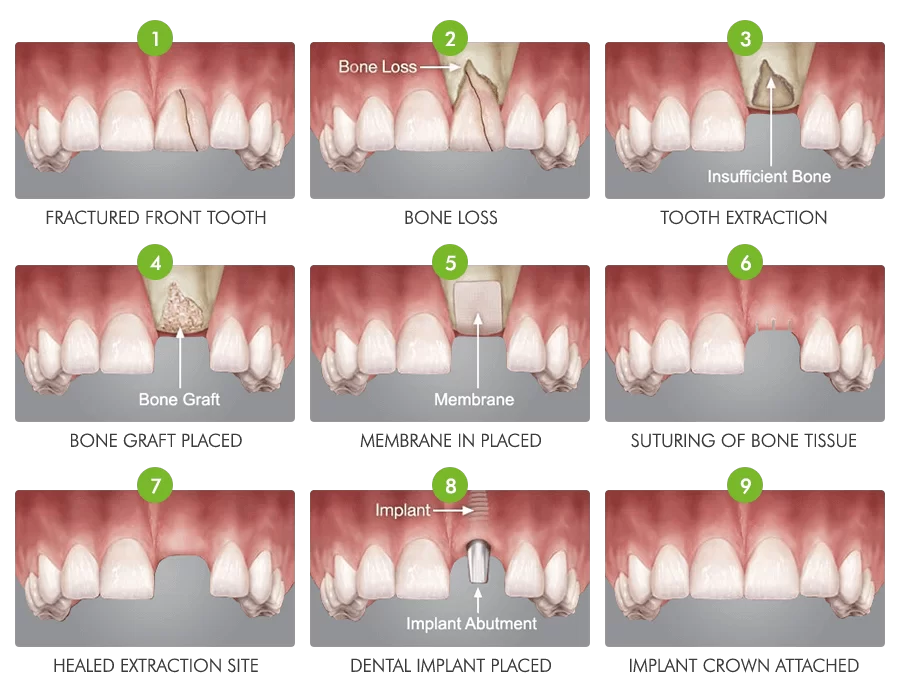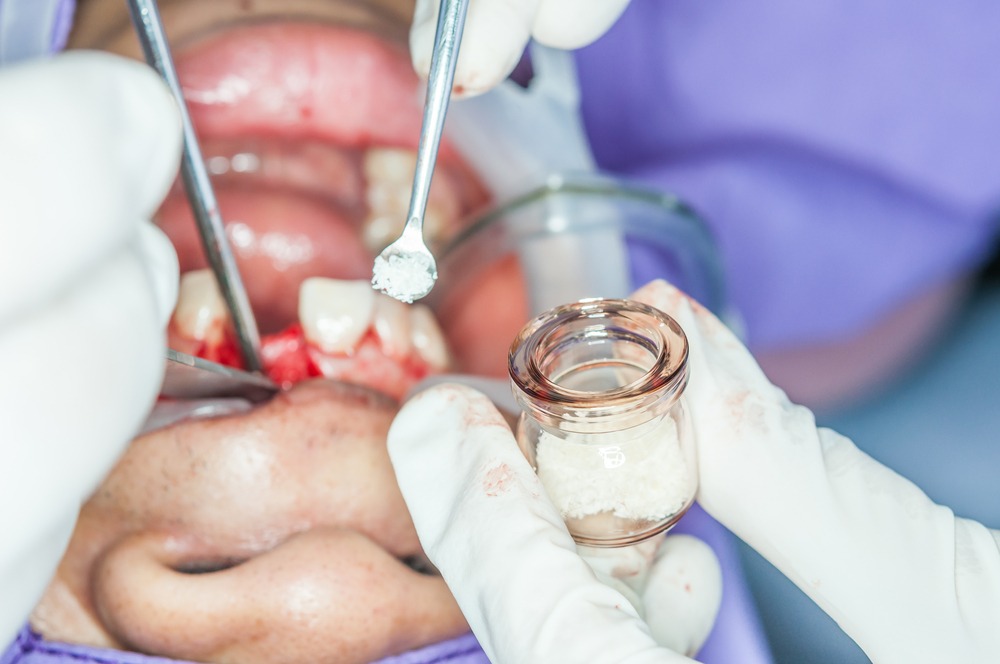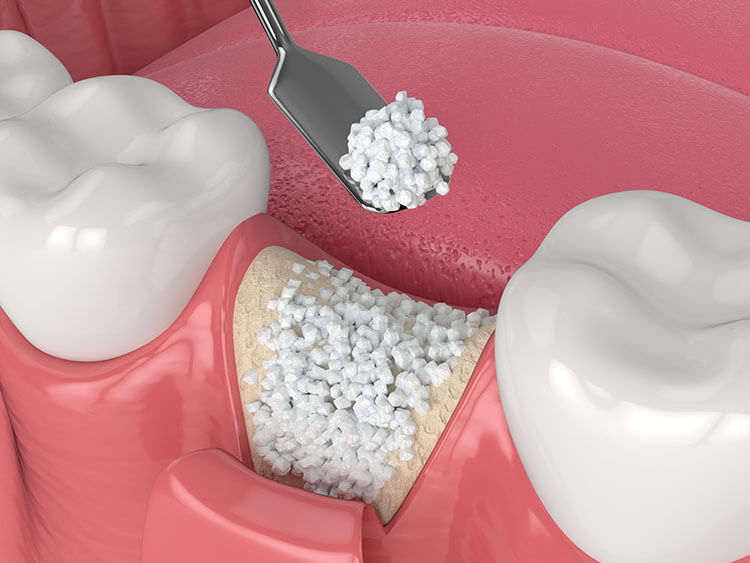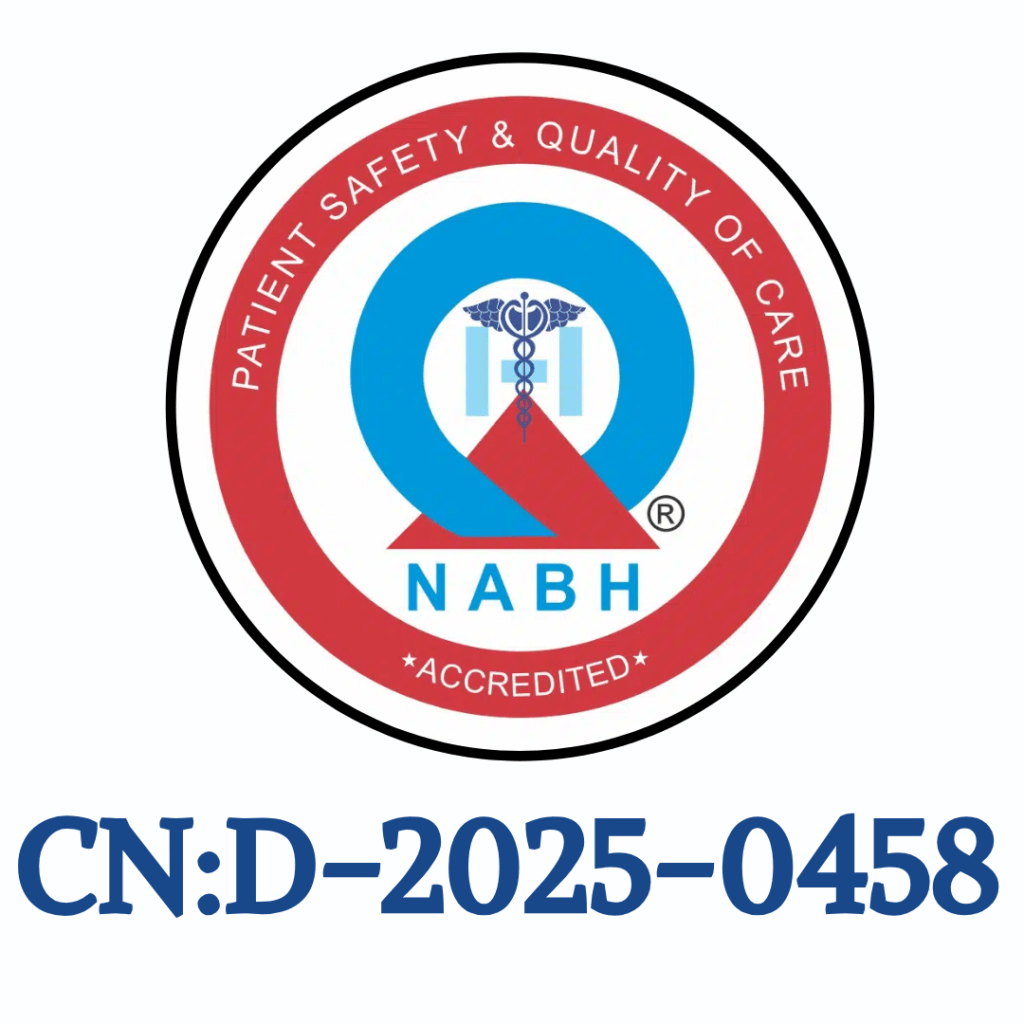WHAT BONE GRAFTING?
Dental bone grafting is a procedure where a dentist adds bone material to your jawbone. This helps to build up bone where it’s lacking, often to support dental implants or to strengthen the jawbone for other dental treatments. Basically, it’s like adding more support for your teeth where it’s needed.





| PROCESS FOR BONE GRAFTINGS:
- Evaluation: First, the dentist examines your jawbone to determine if bone grafting is needed and to plan the procedure.
- Preparation: During the procedure, you’ll be given anesthesia to make sure you’re comfortable and don’t feel any pain.
- Graft Placement: The dentist makes a small incision in your gums to access the area where the bone graft will be placed. Then, they insert the bone graft material into the space where additional bone is needed.
- Healing: Over time, your body will naturally integrate the graft material with your existing bone, creating a stronger foundation.
- Follow-up: You’ll have follow-up appointments to monitor healing and ensure everything is progressing as expected
Bone grafting helps to strengthen your jawbone, providing support for dental implants or other dental treatments. It’s a straightforward procedure that can greatly improve your oral health and restore function to your smile.
| BEFORE AND AFTER TREATMENT:
Before bone grafting, you might have a weak jawbone, making it hard to support dental implants or causing your teeth to shift.
After bone grafting, your jawbone becomes stronger and healthier, providing a solid foundation for dental implants or other treatments. This improves your ability to eat, speak, and smile confidently, restoring both function and aesthetics to your smile.
| CONCLUSION
In conclusion, bone grafting is a vital procedure in dentistry, offering patients the opportunity to restore lost bone and improve the success of dental treatments like implants. By enhancing the strength and stability of the jawbone, bone grafting contributes significantly to overall oral health and enhances the longevity of dental interventions.
FAQ
Most frequent questions and answers
Bone grafting is a medical procedure where bone material is taken from one part of your body or from a donor to help repair or strengthen bones in another part of your body.
People might need bone grafting if they have fractures that aren’t healing properly, if they have bone loss due to disease or injury, or if they’re getting dental implants and need more bone to support them.
During a bone grafting procedure, the surgeon will place the bone graft material into the area that needs repair. This can be done using different techniques, such as taking bone from another part of your body, using synthetic materials, or using donated bone.
While you may experience some discomfort after the procedure, your doctor will provide pain relief medication to help manage any pain. Most people find that the discomfort is manageable and improves as the healing process progresses.
Like any surgical procedure, bone grafting carries some risks, such as infection, bleeding, or the graft not taking properly. However, these risks are usually minimal, and your doctor will take steps to minimize them.


